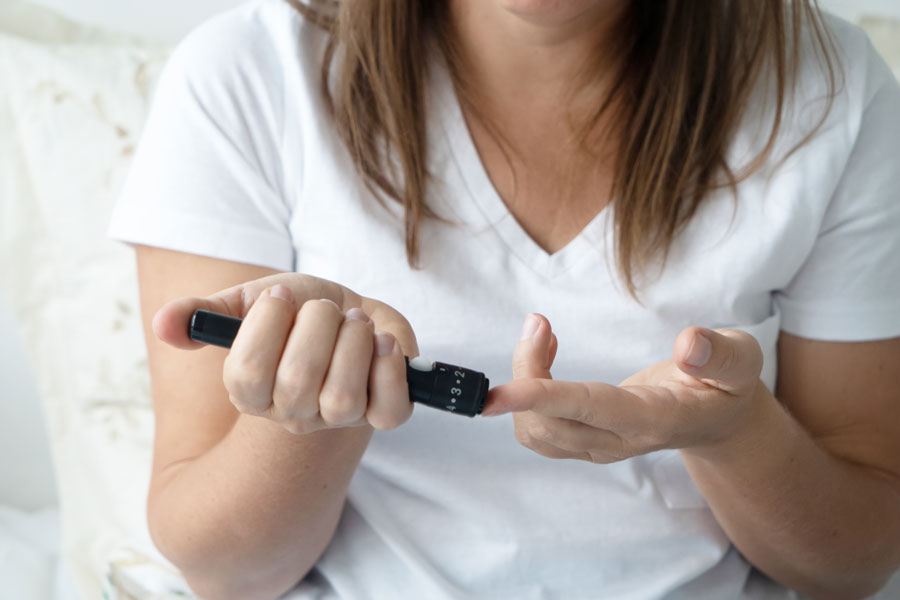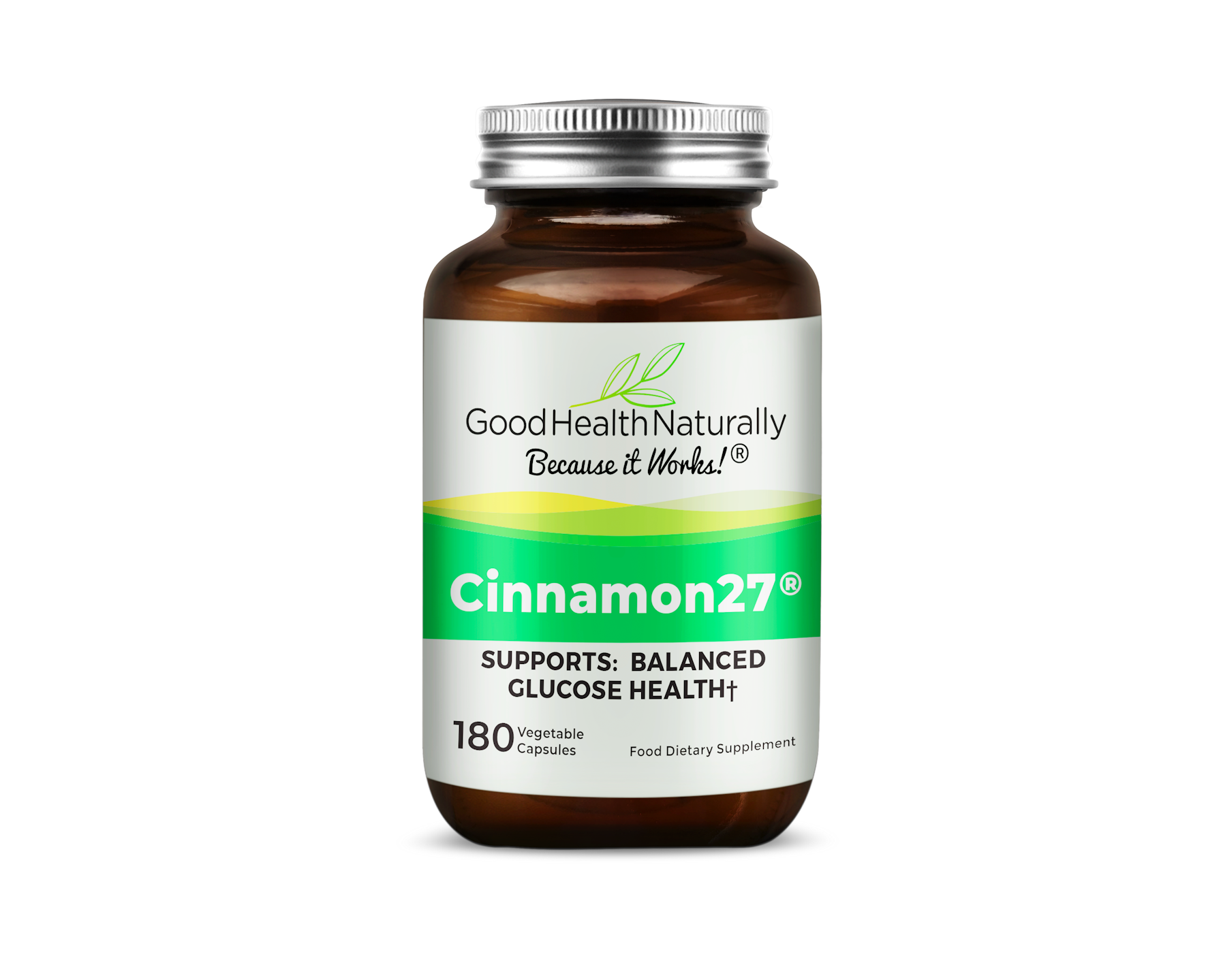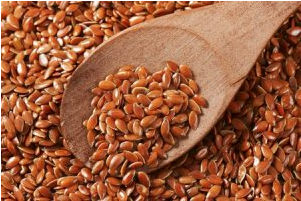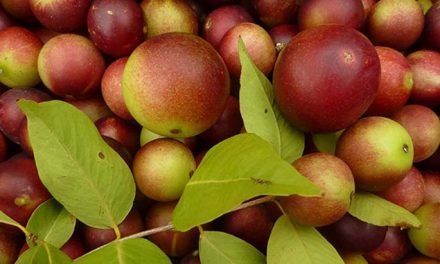During the festive season, we often give ourselves permission to relax and indulge in foods we might choose to limit during the rest of the year.
While there’s no harm in the occasional overindulgence with family and friends, people with Type II Diabetes may be more conscious than others about the impact this can have on their blood sugar levels.
In Britain, there are over 2 million people that are estimated to have Type 2 Diabetes, while there are over 37 million in the US living with the condition.
Diabetes Type II symptoms can include tiredness, anxiety, body weakness, trouble concentrating, confusion, lightheadedness and even vision issues.
When blood sugar levels are high, often as a result of consuming sugary foods, this can eventually lead to serious health problems such as permanent damage to the nerves in your hands, feet and eyes. It can even lead to life-threatening conditions such as diabetic ketoacidosis.
What causes Diabetes?
Elevated blood sugar levels are one problem. However, new research from Oxford University published in the journal Nature Communications has revealed in tests that it’s not the elevated glucose levels that are directly to blame for the pancreas being unable to produce insulin.
Instead, it’s the glucose metabolites – or the chemicals released when the sugar is broken down – rather than the glucose behind the decline. [1]
When people eat carbohydrates, this food is broken down into blood sugar. This tells the pancreas to release insulin, allowing glucose to enter the body’s cells. Over time, however, high blood sugar levels can cause insulin resistance.
The discovery could lead to diabetes patients being given new treatments to slow down glucose metabolism, preventing the condition from worsening.
Pre-Diabetes
Many more people may be pre-diabetic and not realise it. An estimated 374 million adults worldwide are thought to be affected by prediabetes and may not be aware they have the condition. [2]
Pre-diabetes is when your blood sugar level is higher than usual, but it’s not enough to be diagnosed as diabetic. It’s essential to address pre-diabetes as soon as possible before it develops into diabetes.
The warning signs of pre-diabetes may be less obvious than the ones for diabetes. Typical symptoms to watch out for include increased thirst, frequent urination, increased hunger, fatigue, blurred vision, numbness or tingling in the feet or hands, recurring infections, slow healing sores, and unintended weight loss.
A Hba1C blood test can check for blood sugar levels as you may not have any symptoms, even if in the pre-diabetes range.
Natural Solutions for Supporting Diabetes and Pre-Diabetes
While following a healthy lifestyle is one solution to reducing symptoms of diabetes and pre-diabetes, there is also strong evidence that Cinnamon can lower blood sugar levels and help to manage common diabetes complications, amongst other benefits.
A meta-analysis of ten studies has found that consuming Cinnamon produced a “statistically significant” decrease in glucose, total cholesterol, LDL and triglycerides. It also increases high-density lipoprotein (HDL or “good”) cholesterol. [3]
Cinnamon has also been shown to slow the progression of Type 2 Diabetes, by keeping blood sugar levels stable, especially for pre-diabetes patients. [4]
Imitating the effects of insulin and increasing the movement of sugar from the bloodstream into cells can help to lower blood sugar levels. Increasing insulin sensitivity can also make insulin more efficient at moving sugar into cells.
Ceylon Cinnamon is Recommended
Research shows that Cinnamon can support healthy blood sugar levels. There are two types of Cinnamon – Ceylon and Cassia Cinnamon. Ceylon Cinnamon is recommended as this contains fewer coumarin compounds compared to Cassia Cinnamon.
Coumarin is a fat-soluble compound that can build up in the tissues, causing liver damage, amongst other problems, if too much is consumed.
Ceylon Cinnamon has antioxidant compounds called proanthocyanidins, which have been shown to strengthen capillaries and offer antioxidant protection against heart disease and cancer. This Cinnamon type may also help reduce insulin resistance, supporting better blood sugar control. [5]
For these reasons, we highly recommend taking Cinnamon27™ from our sponsor, Good Health Naturally, as part of a healthy diet and lifestyle plan. Cinnamon27™ provides the highest quality 675mg of Ceylon Cinnamon Bark Extract, along with a unique blend of seven powerful ingredients such as Chromium Picolinate, Nopal, American Ginseng and more.
For best results, it’s recommended to take three capsules before lunch and three capsules before dinner to naturally support balanced blood sugar levels and help you to achieve optimal health all year round.
References:
[1] https://www.nature.com/articles/s41467-022-34095-x
[2] https://journals.plos.org/globalpublichealth/article?id=10.1371/journal.pgph.0000461
[3] https://www.ncbi.nlm.nih.gov/pmc/articles/PMC3767714/
[4] https://www.sciencedaily.com/releases/2020/07/200721102143.htm
Recommended Reading
Helping Diabetes Type 2, By The Book
Helping Diabetes Type 2, By The Book – Find out how to manage and REVERSE your Diabetes Type 2 by following this dedicated natural health plan. Following the program consistently makes it possible to improve diabetic symptoms often in just a few short weeks. Available from Good Health Naturally.
Recommended Examples
Cinnamon27™
Cinnamon27™ – Contains 675mg of Ceylon Cinnamon Bark Extract, 300mcg of Chromium and 2gm of Nopal Cactus, and a proprietary blend of Gymnema Sylvestra Extract, Bitter Melon Extract, Fenugreek Seed Extract, and American Ginseng Root Extract. It supports balanced blood sugar levels and average utilisation of hormones and may help Type 2 Diabetics. Available from Good Health Naturally.








